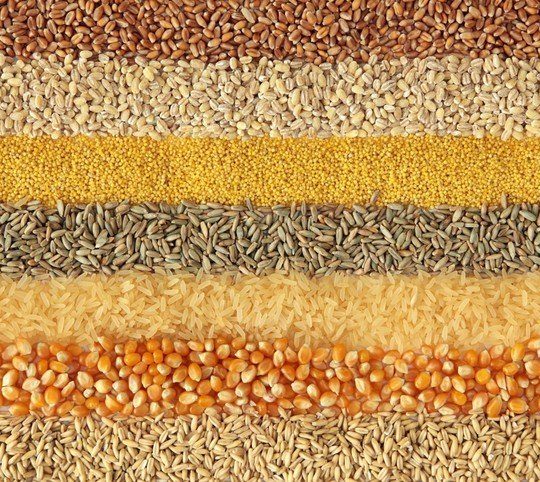
Specialty seed crops are grown for the purpose of harvesting seeds. Some common crops grown for seed in Oregon include: cabbage, onions, radish, turnips, carrots, pumpkins, flowers, squash, parsley, herbs, grass, spinach, mustard, garlic, kale, sugar beets, medicinal plants, and more!
In Oregon, seeds, oilseeds and horticulture exports are the largest valued agricultural export for the state.1 Grass in Oregon is a major contributor to seed production and is even responsible for giving the Willamette Valley the nickname “grass seed capital of the world”. Oregon is also a big producer of carrot seed. Jefferson County produces 85% of all United State’s hybrid carrot seed.2
Oregon became a specialty seed producer around the 1930s and has been growing various types of specialty seeds ever since. Around 1970 seed production began to increase in Central Oregon, with the cultivation of onions and carrots for seed.3
Recent technology and the push towards globalization have allowed Oregon specialty seeds to be exported to many different regions of the world. About 20% of Oregon grass seed alone is exported outside of the United States. Specialty seeds are grown in many different regions of the state such as central, western, and southern Oregon.4
For commercial production of sugar beet seed, male and female plants are planted in a field. Once the beet plants are growing, weeds are removed to prevent cross-pollination. When the flowers are pollinated, usually by honey bees, the male plants are destroyed. Once the seeds are cut, they are left in a field to dry for a few days. After they are dry, a combine goes through the field to collect the seeds. The seeds are then transported to a facility where they are cleaned and readied for distribution.5
There are about 1,500 grass seed farms across Oregon. The grasses that are grown for seed are typically perennial, which means that they will grow for longer than two years.
Before a field is planted, the ground is prepared by loosening the soil and ridding it of any weeds. The grass is then planted in either the spring or fall depending on the variety type. Grass seed is put in fields with a planting drill. Grass seed is usually harvested in late June or early July. A machine called a windrower cuts the grass when it is still green to prevent seed shattering, then lays it into rows. The grass is left to dry for 5-10 days before it is harvested with a combine. After the seed is harvested, it is loaded into trucks and sent to the seed cleaning warehouses.6
Onions require two full growing seasons to be mature enough for seed production. Onions are triggered to bolt–when an onion plant prematurely sends out a flower stalk–when certain temperatures and light exposure is met. Onions bloom in clusters of small white flowers or umbels. Seeds are mature when the umbels begin to turn brown and should be harvested once 10% of the seeds on each umbel are exposed.
Harvesting onions can be direct or indirect. Direct harvest is when a combine harvests all of the umbels from a field at one time. Indirect harvest is when the umbels are hand-harvested. After onion seeds are harvested they are then dried and threshed, or separated, to sort the seeds from the umbel. After the onion seeds are separated they are then cleaned.
The most common way that specialty seed crops are pollinated in Oregon is by bees. In Oregon, there are about 80,000 managed honey bee colonies that are used to pollinate different crops, including seeds. Honey bees are a huge part of the production because every seed crop needs to have its flowers pollinated to produce seeds.7
A versatile machine designed to efficiently harvest a variety of grain crops.
When one plant pollinates a plant of another variety resulting in the combination of both plants’ genetic material.
A commodity made in its home country, but sold abroad.
The process by which organizations start operating on an global scale.
The care of gardens and plants.
The cross-breeding of two genetically different varieties to create a new one.
A plant that lives longer than two years.
The natural shedding of seeds when they ripen.
A machine for separating seed crops from their chaff, or protective casings, and straw.
A flower cluster with a flat or curved surface, often characteristic of the parsley family.